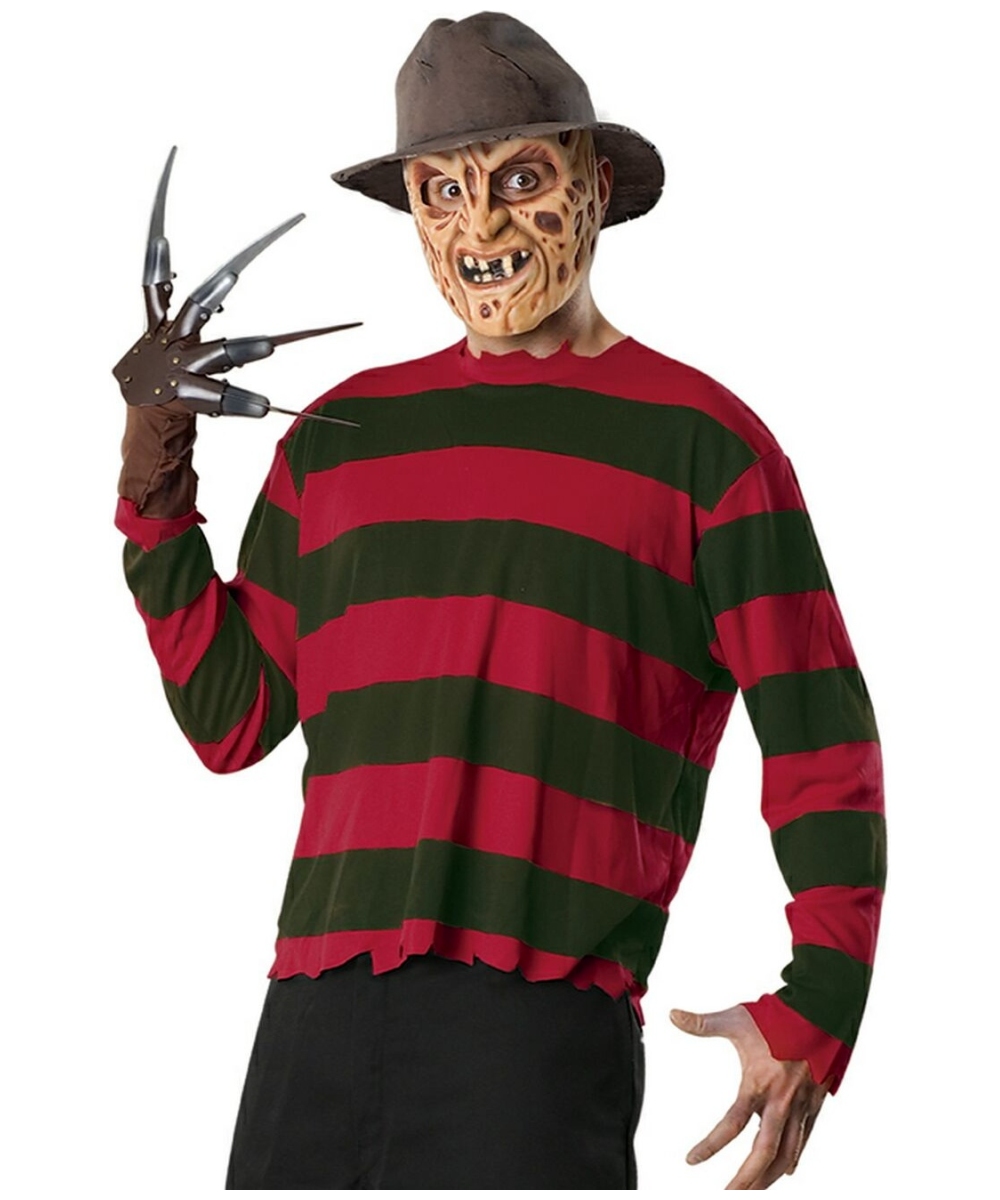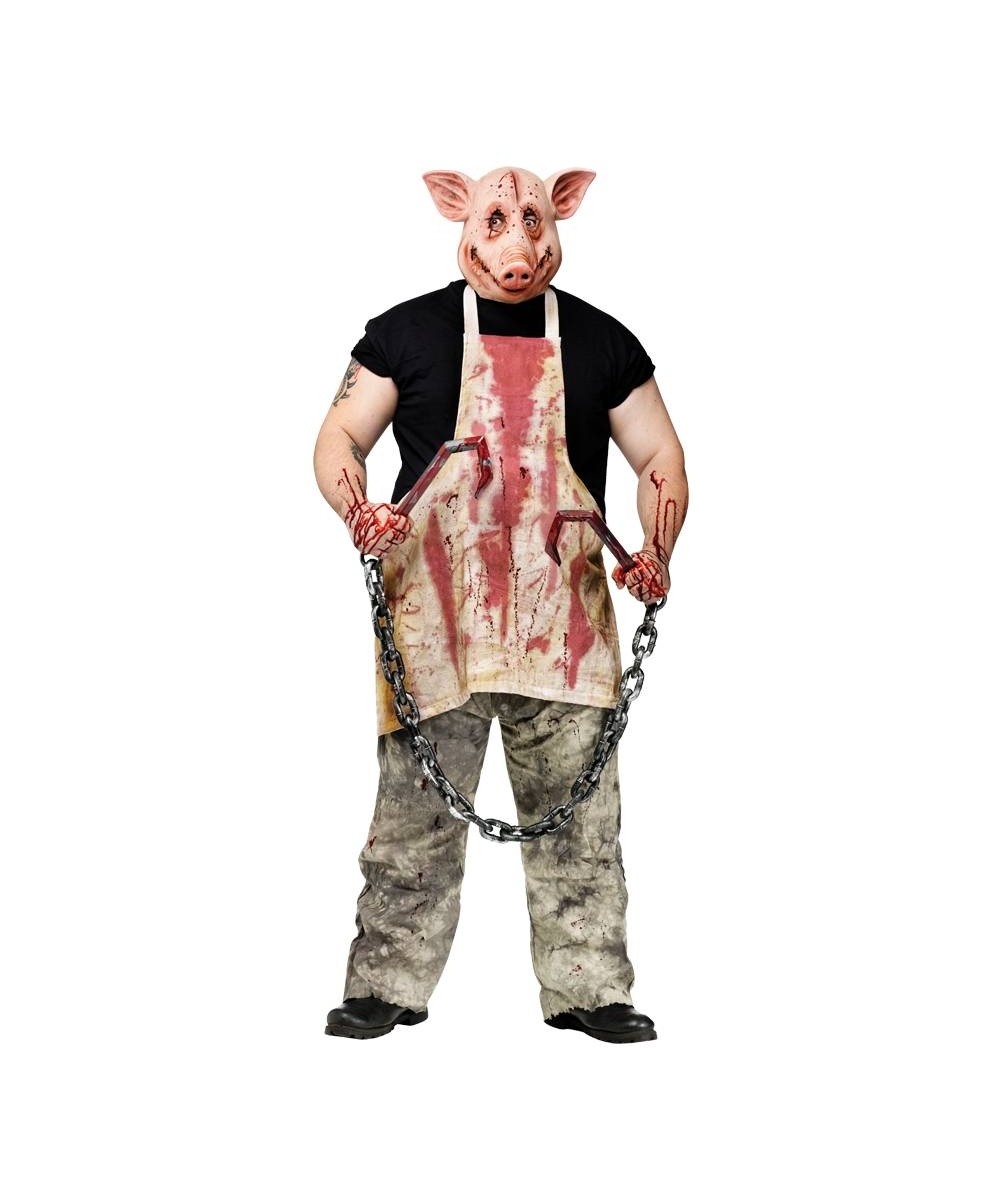-
10 Terrifying Horror Films You Haven't Seen (But Definitely Should.)
In the ever-evolving, ever-convenient world of cyberspace; popular web-companies like Netflix andHulu are dishing out some of the hottest film releases to date - and bringing back some much-deserved attention to lost classics. The most interesting (and strangely chilling) part of hounding down veritable film-fossils via high-tech streaming sites is being sucked into what can only be described as a virtual time machine. Getting a chance to witness and analyze each decade's respective values, mannerisms, and perspectives is nothing short of fascinating. As decades fly by and our tastes change, more specifically; our taste in films changes as well - leaving a whole series of perfectly good films buried in the annals of the 'Vincent who?' vault. Halloween is just around the corner, and it's never too early to start prepping for the madness that will not doubt ensue. Horror films are what we like to refer to as just another great American landmark, and with this bit of token knowledge in mind - we present to you our list of 10 completely terrifying, completely classic, and completely surreal horror movies that you'd best hustle at getting your eyes on.
1. Peeping Tom
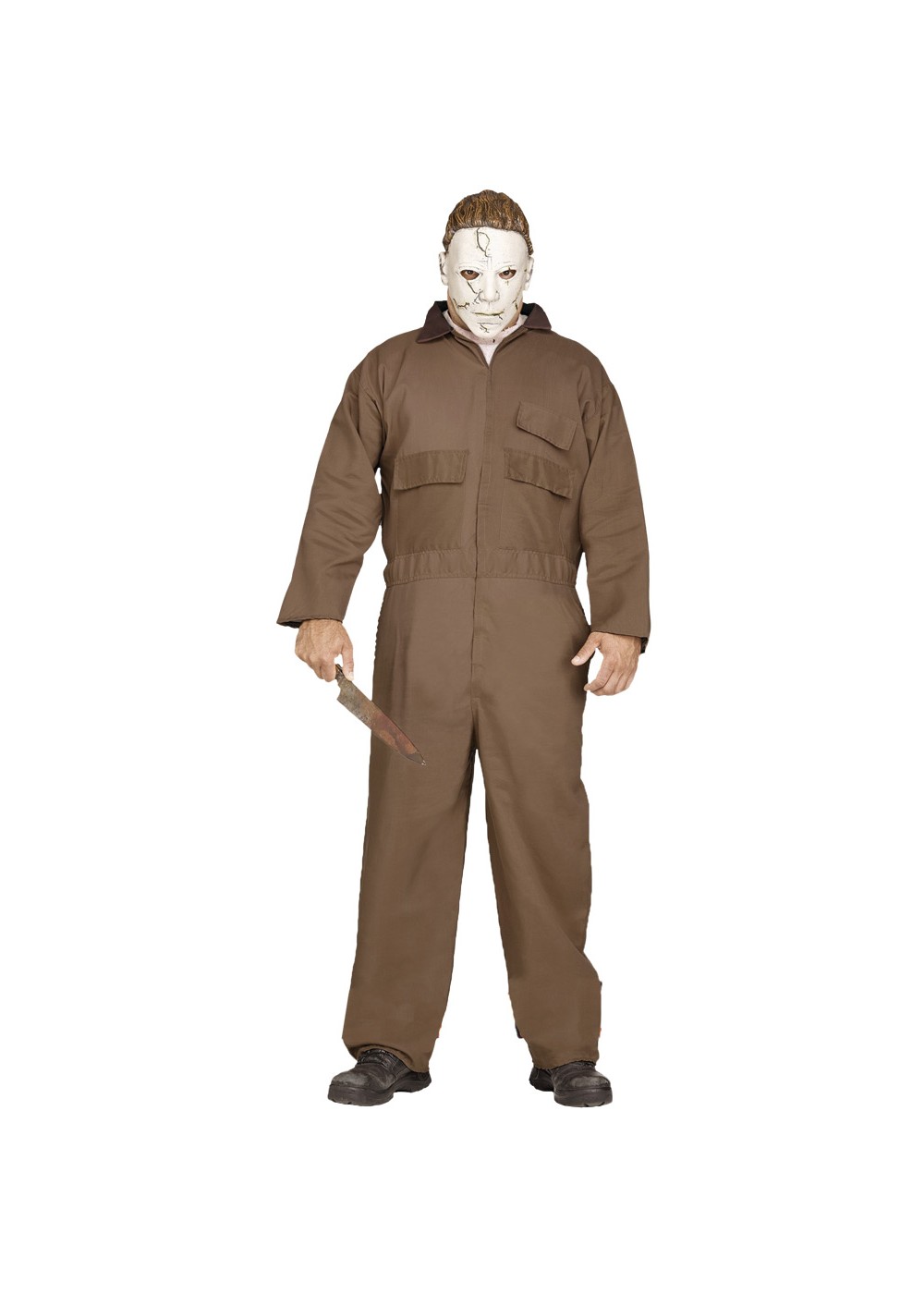
This underrated bauble of the 1960's burgeoning film era lets you literally witness the horror from the killer's perspective. 'Peeping Tom' Mark Lewis is a serial killer who stalks the streets for victims and chooses to compliment his 'art' with possibly the most vile accessory imaginable - a camera. Having once been subject to his equally deranged father's 'psychological experiments'; Peeping Tom is a harrowing and utterly disturbing horror/slasher fest that can best be compared to a bad traffic accident - you just can't help but keep watching.
2. The Cat and the Canary (1927)

A true landmark in the world of silent-era films, The Cat and the Canary follows the living relatives of a deceased Cyrus West spending the night in their late uncle's mansion - only to end up being relentlessly tormented by a mysterious figure. To add fuel to the already ghastly fire, an escaped lunatic dubbed 'The Cat' also decides to squat for the night. A triumph in what has been called the "old dark house" sub-genre, 1927's 'The Cat and the Canary' brings back some well-merited attention to the dawn of Hollywood Horror.
3. Dracula's Daughter
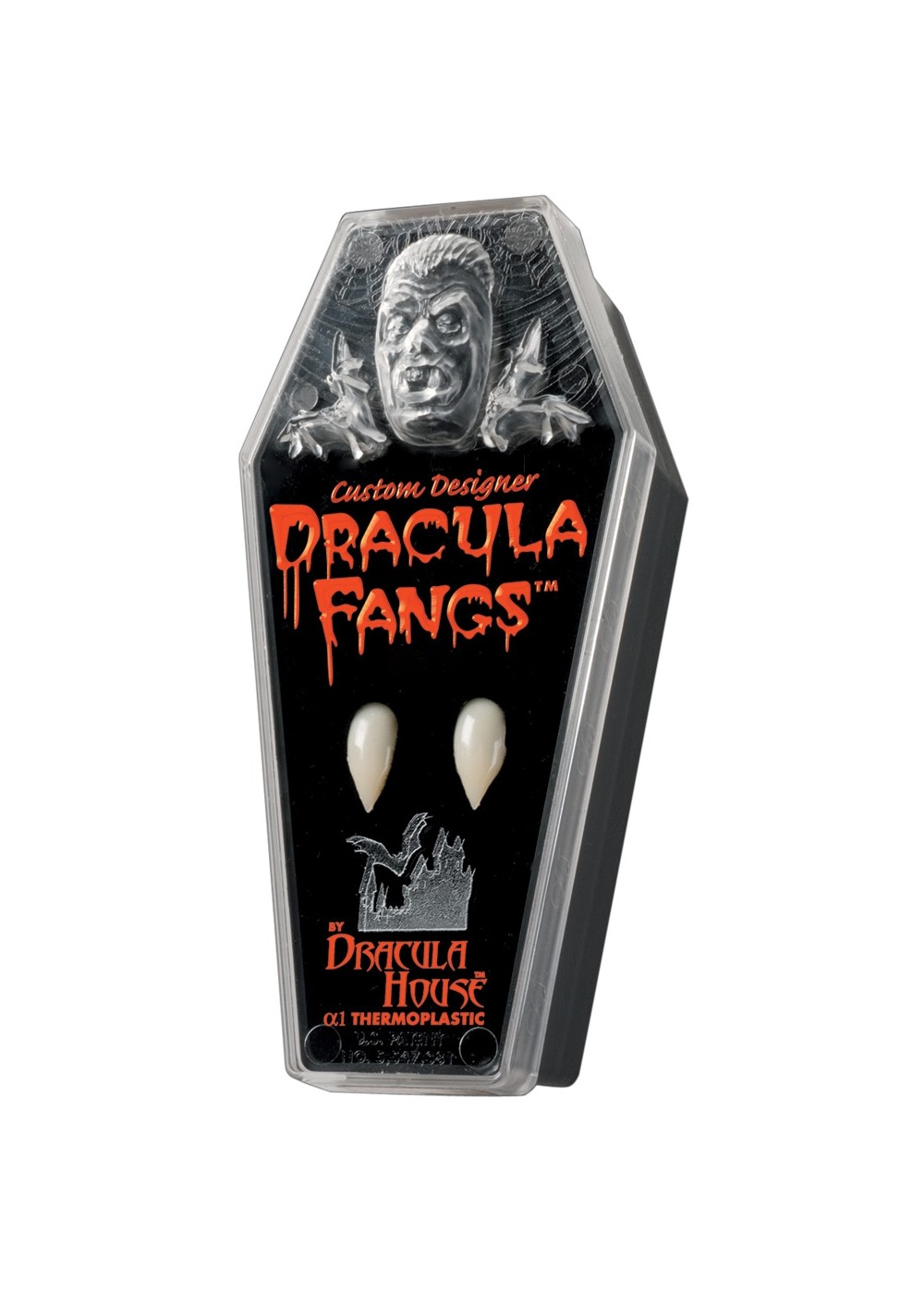
1936's Dracula's Daughter needn't be necessarily classified as a 'horror' film in the traditional sense, but it's earned a place on our list as THE Dracula sequel you must absolutely see. Unlike her unrestrained, libertine of a father; Countess Zaleska despises her immortality and vampiric nature. In fact, an early scene in the film shows the Countess and her manservant ceremoniously burning the body of the late Count Dracula; hoping that doing so will break the curse of vampirism. What's fascinating about this film is the somber, romantic manner in which the title character is portrayed. Critics to this day contest that Gloria Holden's portrayal was worthy of an Academy award. Unable to resist the urge for human blood, Zaleska relentlessly pursues the young, virginal Lili; culminating in a scene which some have described as 'the longest kiss in film history' (though no literal kissing actually takes place) - it's no wonder that Dracula's Daughter is regularly dubbed 'one of the greatest LGBT horror movies'!
4. Bride of Frankenstein
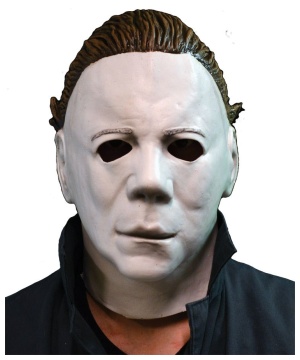
We're all familiar with Frankenstein's monster and the image of his reanimated corpse of a bride - but watching is a lot better than simply browsing through a bin of Hot Topic t-shirts! Bride of Frankenstein depicts the eccentric scientist attempting to play God once again - this time, creating a mate for his forlorn monster. Beneath it's horror-laden exterior, however, lies an intriguing social commentary: The monster's yearning for a friend and anger at the female monster's rejection doubled as an experience that members of scrutinized minorities have always been able to relate to. Part of Frankenstein's appeal was being an 'outsider' and 'stranger' in an unfriendly world, and the film has also been analyzed for what has been perceived as LGBT subtext. On a more simplistic note,Elsa Lanchester's portrayal of 'The Monster's Bride' and the character's iconic outfit remain beloved symbols of Universal Studios horror.
5. Rosemary's Baby (1968)

Smelly herbs, peculiar pregnancy cravings, nosy neighbors, and satanic circles are the constituents of this psychological/horror classic. Based on Ira Levine 1967 novel, Rosemary's Baby centers around a young married couple: he's a struggling actor, she's a homemaker. At first glance, Guy and Rosemary Woodhouse seem just like any other two people in love. But when Guy's having trouble landing roles, and Rosemary is yearning to conceive - something truly wicked begins to brew. Mia Farrow's ground-breaking portrayal of the titular character raised the bar for Hollywood-caliber acting; and Rosemary's Baby is considered to this date the original and greatest of the 'Satanic' sub-genre horror movies. The film's dramatic camera work, impressive acting bill, and slow-paced eeriness make it a must-see for fans of classic Hollywood gems. A particularly disturbing scene where the protagonist suffers a bizarre nightmare only to wake up covered in scratches is enough to merit a watch.
6. The Omen (1976)
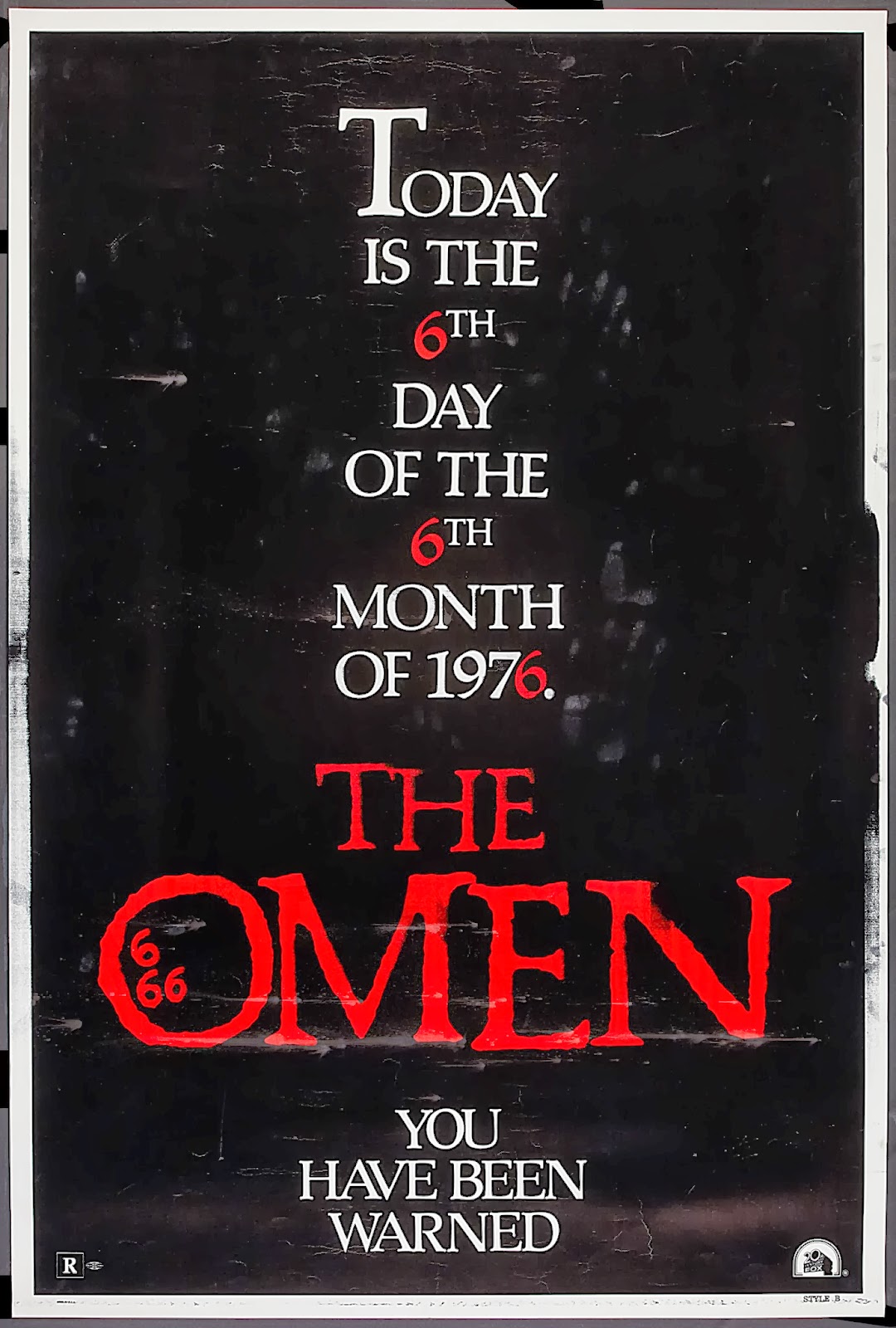
In keeping with the spirit and success of so-called 'satanic' thrillers like Rosemary's Baby, 1976's 'The Omen' brings us the story of young Damien Thorn. Damien is your average six-year-old-boy; his favorite activities include riding his tricycle around the house, hanging around unusually large black dogs, and oh - did we mention he's the Antichrist? The opening of the film features a chilling choral piece titled 'Ave Satani', and you'll know you're in for quite a ride from the get-go. You're probably familiar with the 2006 remake starring Julia Stiles and Liev Schreiber; that while impressive doesn't quite capture the same creepy mood and atmosphere of the original. Besides, Harvey Spencer Stephens pretty much got the award for scariest-kid-ever for his perfectly creepy portrayal of Damien Thorn. Subsequent sequels just didn't live up to the success of the original.
7. The Phantom of the Opera (1925)
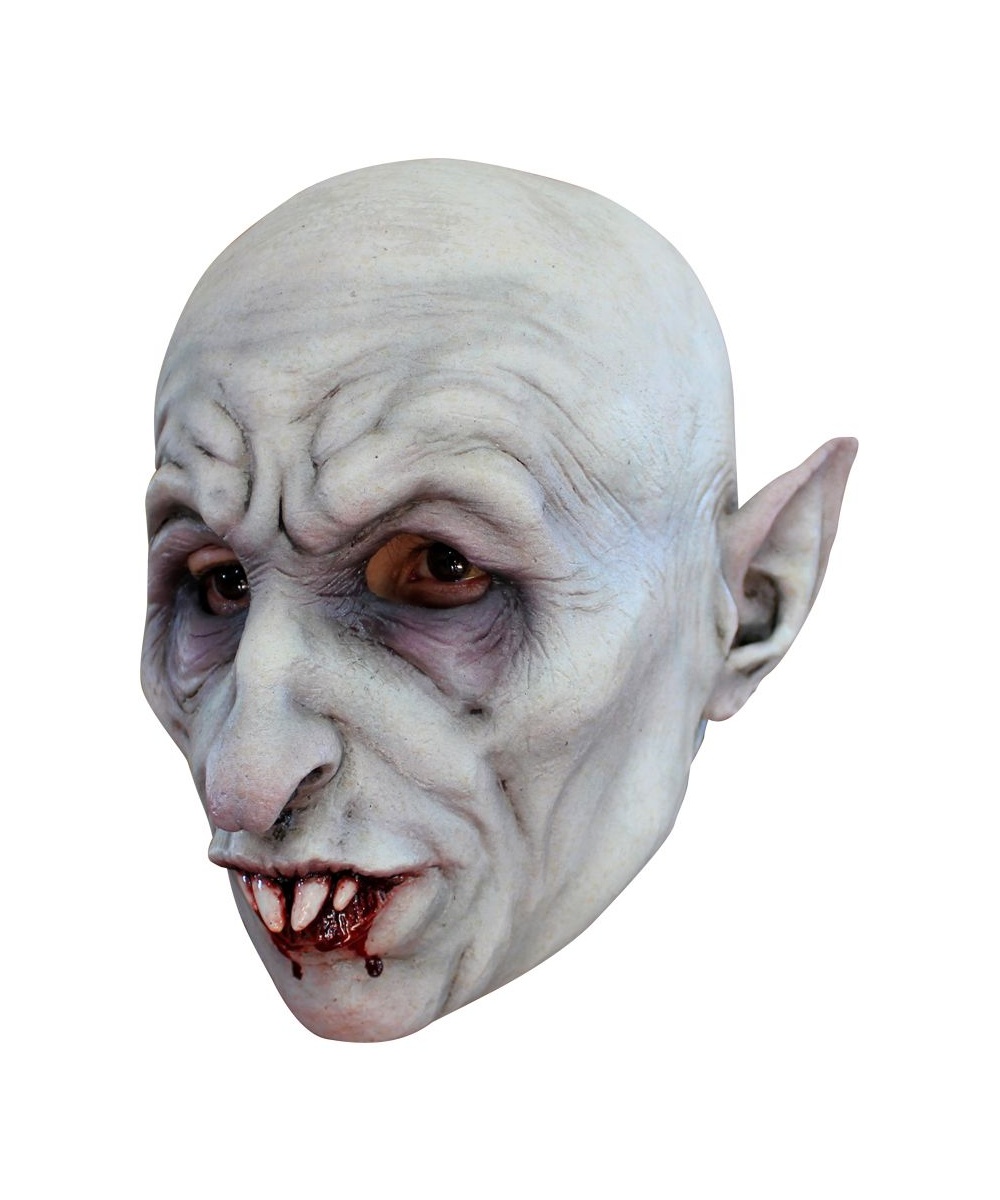
Nowadays, most of us associate The Phantom of the Opera with over-the-top Broadway musicals. This wasn't always so, and 1925's silent-film masterpiece, 'The Phantom of the Opera' starring the legendary Lon Chaney remains the most faithful adaption of Gaston Leroux's 1910 novel. An expert makeup artist, Chaney remained true to the Phantom's hideous appearance and ghoul-ish visage. What the film lacks in concrete narrative it makes up for in a stunning visual display and musical score, impressive and terrifying; even by Roaring Twenties' standards. Legend has it that sickness bags and scented handkerchiefs were handed out during original screenings of the film, since Chaney's makeup was considered alarming enough to make ladies in the audience faint.
8. Nosferatu
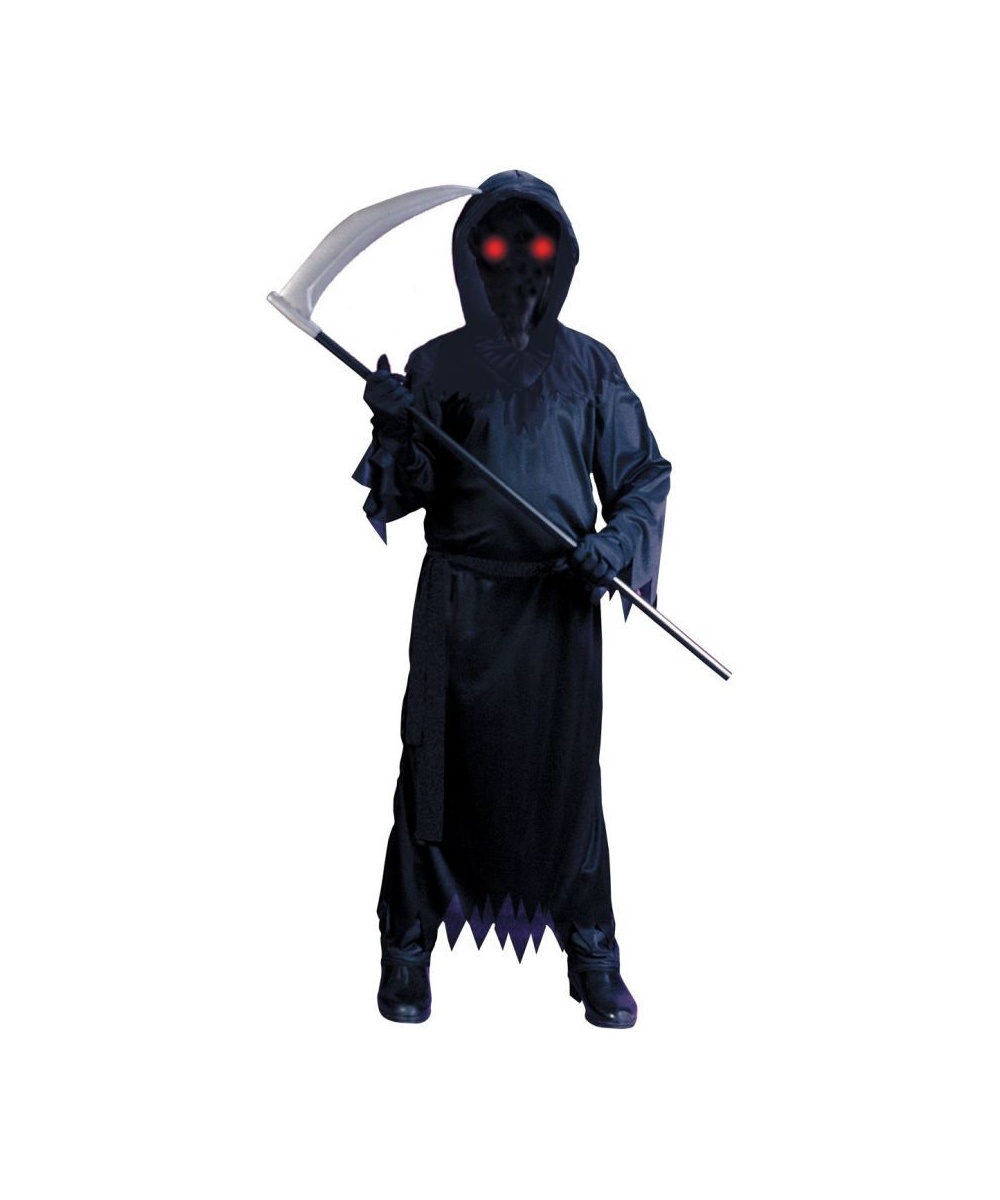
Prana Film Studios in Germany landed themselves in hot water with this unlicensed adaption of Bram Stoker's Dracula. Considered a jewel of German cinema, 1921's 'Nosferatu' re-imagines the Dracula story-line in a quaint German village; and the aristocratic vampire as the grizzly Count Orlok. An early pioneer of the silent film era, Nosferatu manages to effectively capture a more monstrous take on the Dracula narrative. Despite the fact that the vampiric Count Orlok is portrayed as little more than a horrifying monster enslaved by his thirst for blood, the film is still something special in an esoteric sense. We're not exactly sure what it is - Max Schreck's impressive get-up, multi-angle camera work, or the film's generally spooky mood that piques our interest. Rest assured, Nosferatu remains a worthy watch.
9. Black Christmas
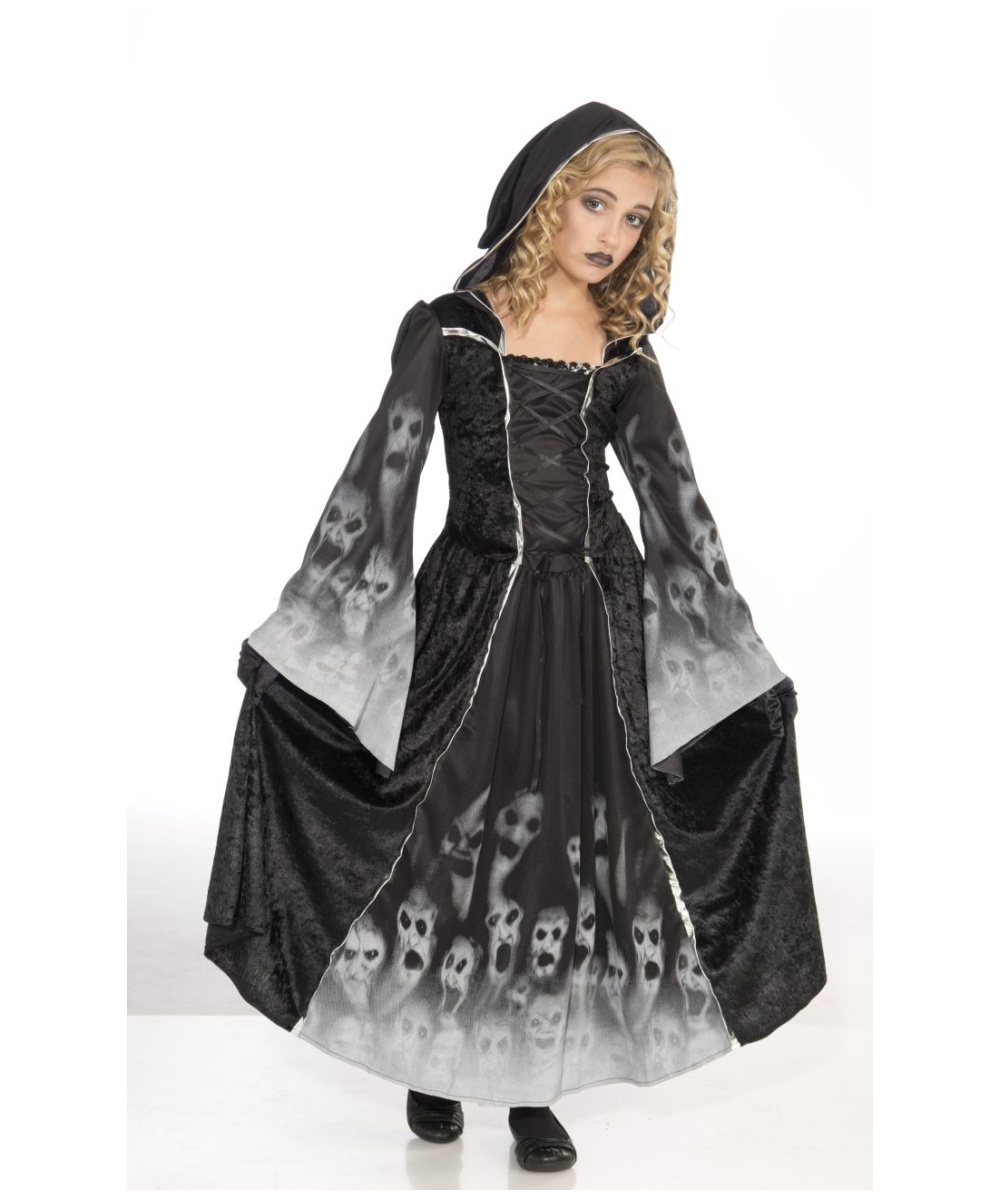
A progenitor of the 'teen-scream' horror sub-genre, 1974's Black Christmas stars the gorgeous Oliva Hussey (of 1968's Romeo and Juliet fame) as the protagonist of this hair-raising, bloody picture. Like something of a cross between Psycho and the persistent urban legend of 'The Babysitter and the Man Upstairs', Black Christmas is a gripping ride. The film follows a mysterious, sadistic killer relentlessly terrorizing a campus sorority house. It's a refreshing look at the birth of the 'teen-scream' and 'slasher' genres, but stick with the original - don't bother with the remake!
10. House of Wax (1953)
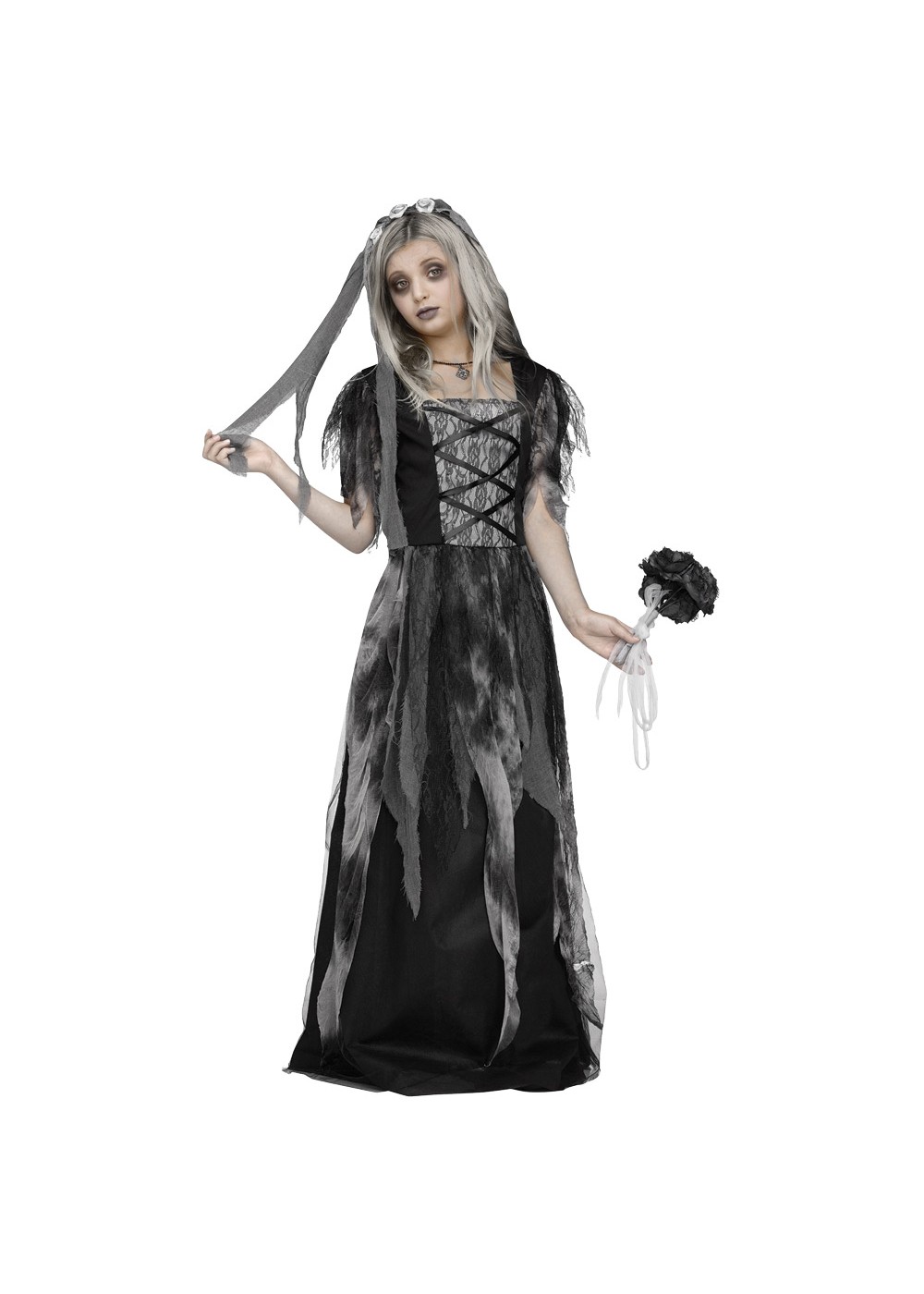
If you haven't figured out by now that we detest remakes, here's another ear-full for you: 1953's House of Wax is simply to DIE-for. Starring the enigmatic Vincent Price, House of Wax centers around a talented wax figure sculptor, unsatisfied with his subject's lack of truly human qualities. A monumental film in it's own right, House of Wax boasts some of the most formidable makeup, special effects, and camera work previously unseen in typical 1950's film-making. Interestingly enough, it was also one of the first 3-D color films to be produced by a major film studio.



